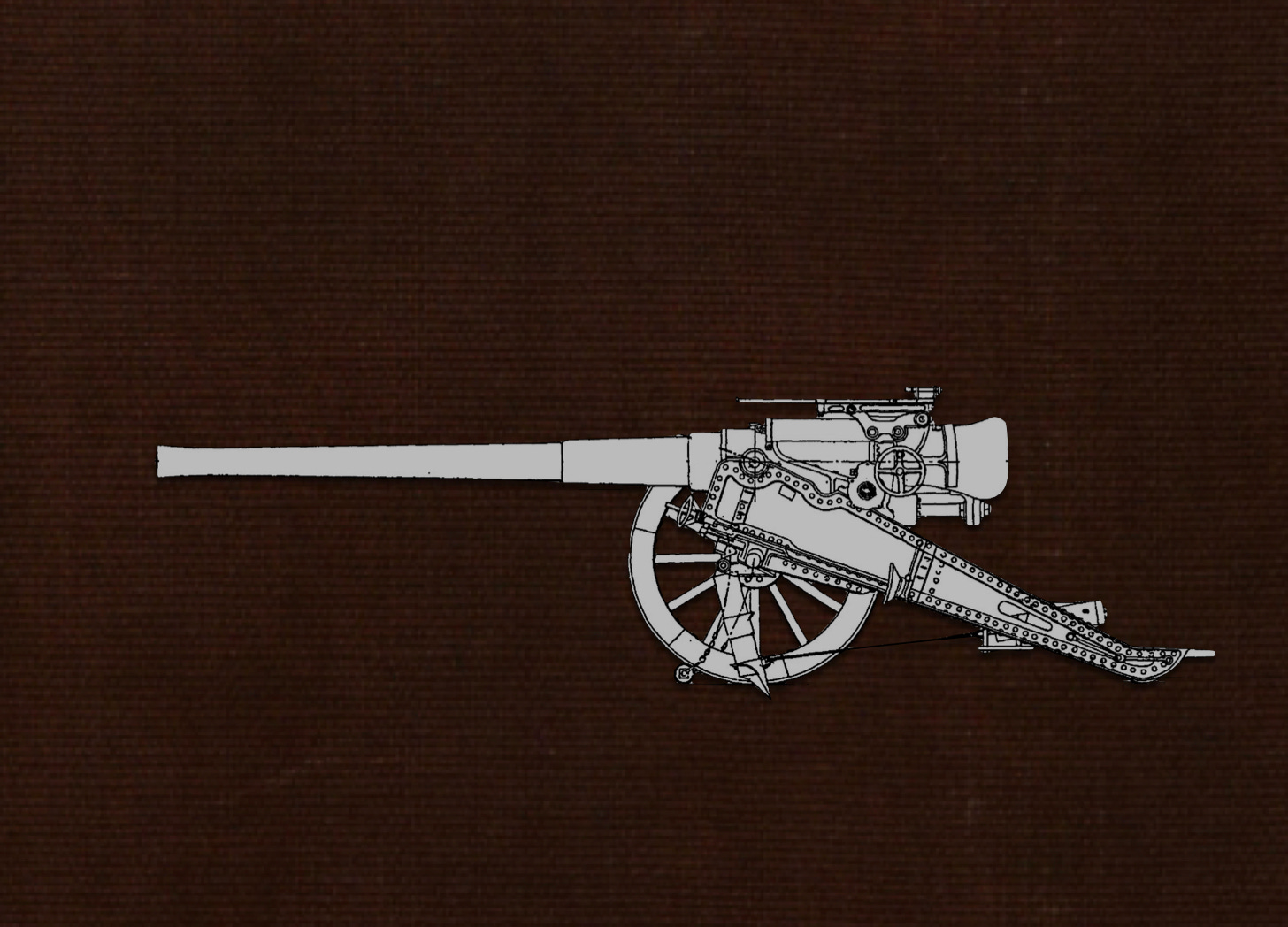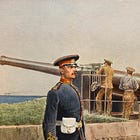The barrels, or, to be more precise, the bores of 4.7-inch guns wore out quickly, sometimes before the piece had fired five hundred rounds.1
In 1898, renowned metallurgist William Chandler Roberts-Austen examined a section that had been cut out of the barrel of a 4.7-inch gun. This lead him to suspect that, while some erosion resulted from passage of projectiles through the bore, most of the damage resulted from the heat generated by the combustion of propellant charges.2
In 1915, the anonymous authors of the edition of the Treatise on Ammunition published that year, supported this proposition. They noted that, all other things being equal, the replacement of a hotter propellant Cordite, Mark I) with a cooler one (Cordite, MD) increased the barrel life of an artillery piece by a factor of three.3
For more on the subject
Arthur Bennington, ‘The Death of a Big Gun, A Study in Erosion’ Scientific American Monthly January 1920, pages 33-24 (Internet Archive)
Ettore Bravetta L’Artiglieria e le sue Meraviglia [Artillery and Its Wonders] (Milano: Fratelli Treves, 1919) (Biblioteca Digitale Ligure)
For specific complaints about barrel wear in 4.7-inch guns, see the letter of P.L. Hilbrooke to A.F. Becke, 24 March 1923, Papers of A.F. Becke, MD 2862, Box 4 of 7, Royal Artillery Institution, Woolwich.
W.C. Roberts-Austen ‘The Action of the Projectile and of the Explosives on the Tubes of Steel Guns’ The Journal of the Iron and Steel Institute (1899) pages 233-237 (Hathi Trust)
War Office Treatise on Ammunition (London: HMSO, 1915) pages 29-30 (Internet Archive)








Makes sense, juice up the round with propellant bags or similar additional combustive material and heat and pressure change. Fun Good Friday Facts!
Another defect the Royal Ordnance Corps and Royal Artillery should have considered before acquiring this system. I wonder if the Royal Navy had the same issue?